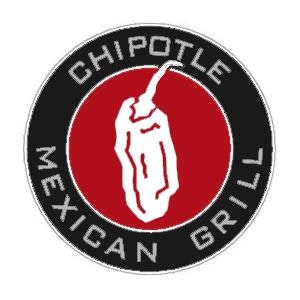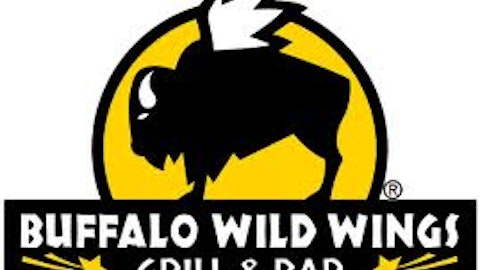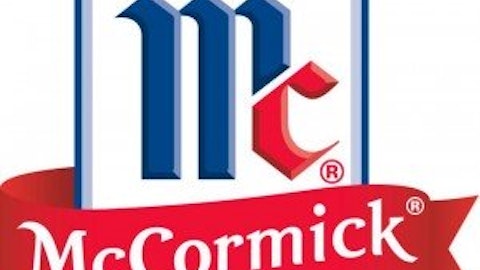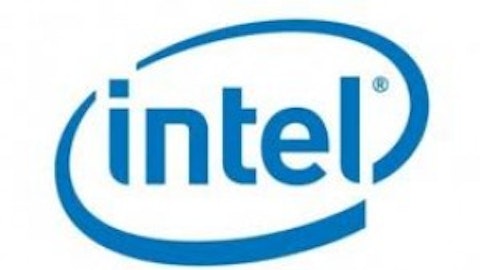Chipotle Mexican Grill, Inc. (NYSE:CMG) is one of the most divisive stocks in the market. Value investors have always shied away from the stock, since it has traded at a hefty premium to the restaurant industry, while growth investors have relished in its strong return on investment over the past seven years.
Can Chipotle tackle slowing same-store sales, rising commodity costs, and increased competition, or will Chipotle’s growth get stunted by the same macro factors plaguing its industry rivals?

Chipotle is a Mexican quick-serve restaurant that has carved out a niche for itself by only using organic, locally produced ingredients. Thanks to its positive image, the company is currently ranked third in consumer perception of fast food brands, trailing only Chick Fil-A and Panera Bread Co (NASDAQ:PNRA).
Fourth Quarter Fundamentals
For its fourth quarter, Chipotle’s earnings improved 7.7% to $1.95 per share, or $61.4 million, while revenue rose 17% to $699.2 million. Both top and bottom lines topped analyst estimates. However, same-store sales only rose 3.8%, missing the Thomson Reuters forecast of 3.9%.
That dip caused a lot of concern, but how did it fare compared to its industry peers during the fourth quarter?
| Chipotle | Qdoba Mexican Grill (Jack in the Box) | Taco Bell (Yum) | Panera Bread |
| +3.8% | +0.4% | +5% | +5.1% |
Source: Q4 Reports
It’s clear that Jack in the Box Inc. (NASDAQ:JACK)’s plans to take on Chipotle aren’t working out. However, Yum! Brands, Inc. (NYSE:YUM)’s more cheaply priced Taco Bell as well as the comparably priced Panera Bread both outpaced Chipotle’s growth.
Food Inflation
Chipotle, like its industry peers, is highly exposed to food inflation and rising commodity costs. During the fourth quarter, Chipotle’s restaurant-level operating margin slid from 26.1% to 24.6%, due to higher prices for meat, dairy products and salsa ingredients. Total food costs rose 22%, accounting for 34% of its total revenue.
To offset this threat, Chipotle intends to raise prices by 4% to 5% in the middle of fiscal 2013. Since Chipotle is considered ‘higher-end’ fast food, a price increase to preserve its margins could hurt its lagging same-store sales.
More importantly, Chipotle lacks a value or dollar menu, that McDonald’s Corporation (NYSE:MCD) and Yum! Brands, Inc. (NYSE:YUM) have been using to attract higher sales volume. Both McDonalds and Yum intend to boost advertising for their value menus in the second half of fiscal 2013.
Chipotle also lacks a comprehensive beverage menu, like McDonalds’ McCafe, which gives it more breathing room if certain food costs, such as grains, vegetables, or meat rise.
In this regard, Chipotle’s insistence on only using locally grown organic ingredients (within 350 miles) is a weakness. Chipotle’s competitors use factory farmed meat and imported vegetables and grains to maximize margins, although these practices are far less admirable.
To gain a better perspective on Chipotle’s margins, we should compare its operating margins over the past five years against its larger peers, which rely on industrial farming.

CMG Operating Margin TTM data by YCharts
Although Chipotle cannot match McDonald’s margins, it only underperforms Yum Brands by a hair.
That suggests that Chipotle can still maintain its operating margins while fighting the good fight by using locally grown organic products. However, does the company really have the pricing power to boost prices?





